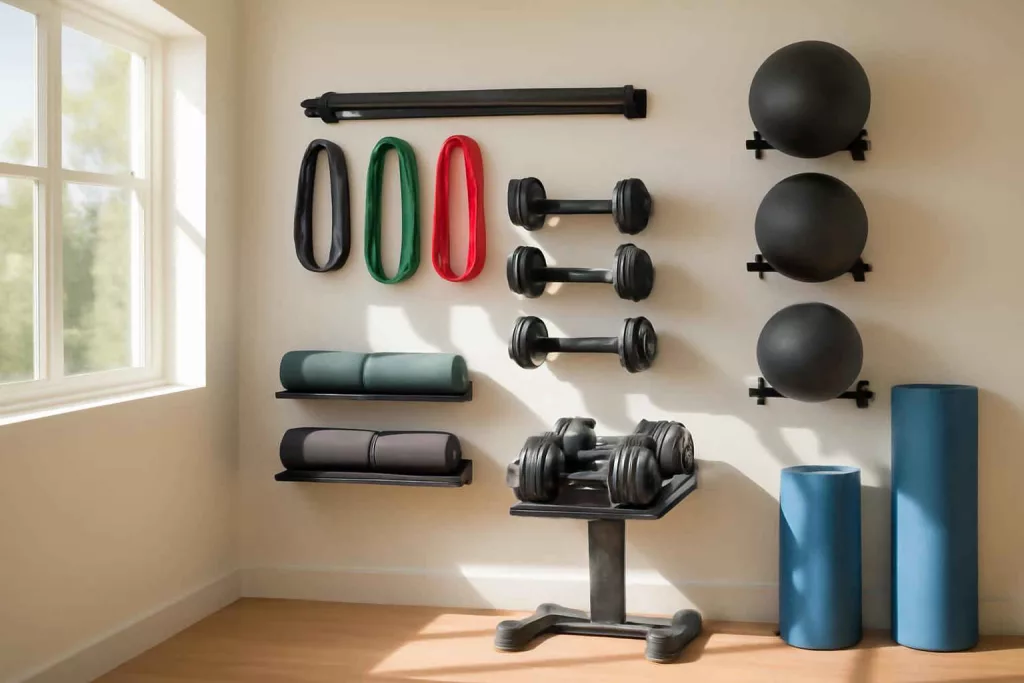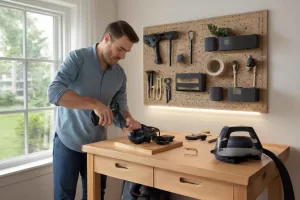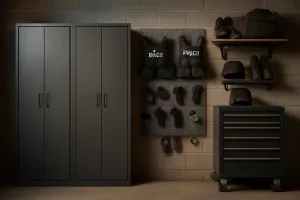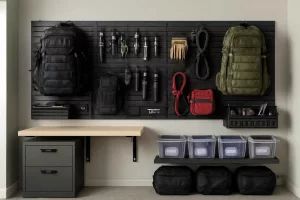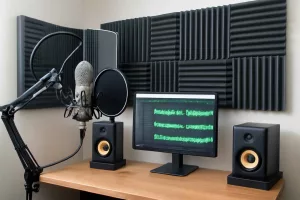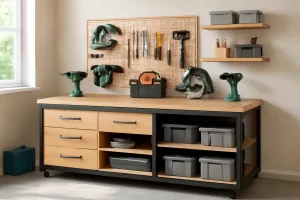Organizing and maintaining fitness gear home gym setups is essential for preserving equipment longevity and ensuring a safe, efficient workout environment. Proper storage solutions not only protect valuable investments like adjustable dumbbells but also free up floor space and enhance your home gym’s overall aesthetics. Whether you’re working with limited square footage or a dedicated exercise room, this guide outlines step-by-step strategies to store, maintain, and care for every piece of equipment you own. Ready to transform your home gym into a well-organized, functional space? Let’s dive in.
Why Proper Storage and Maintenance Matter
Storing and caring for fitness gear home gym equipment correctly extends the life of your investments and prevents accidents. When weights, bands, or cardio machines are left scattered, you risk tripping hazards and damage from falls. Organized storage also makes it easier to access what you need, speeding up workout routines and reducing frustration. Furthermore, maintaining simple cleaning and lubrication routines ensures moving parts on machines like rowing ergometers and weight benches remain in top condition, avoiding squeaks or mechanical failures during intense sessions.
Beyond safety and performance, an orderly home gym can contribute to enhanced motivation. Walking into a clutter-free space with everything in its place creates a more inviting atmosphere, encouraging consistent workouts. By implementing systematic storage and routine maintenance, you invest in both equipment longevity and your own fitness journey.
Assessing Your Home Gym Space
Before selecting storage solutions, evaluate the dimensions and layout of your home gym area. Start by measuring wall lengths, ceiling height, and available floor space. Sketch a simple floor plan marking stationary machines such as treadmills or ellipticals. Identify traffic paths to ensure storage does not obstruct movement. If mounting equipment on walls, confirm the wall structure can support load-bearing racks by locating studs and checking for obstructions behind drywall.
Next, group your gear by type and frequency of use. Heavy items like power racks and weight plates often stay in place, while handheld equipment—dumbbells, kettlebells, or resistance bands—benefit from more accessible storage near your workout zone. By visualizing how and when you use each item, you can determine whether freestanding racks, wall-mounted hooks, or shelving systems will fit best. This planning phase will prevent wasted space and ensure an ergonomic, flow-focused design.
Choosing the Right Storage Solutions
Freestanding Racks and Shelving
Sturdy freestanding racks provide flexibility—no drilling required. Weight plate trees and dumbbell racks keep heavy gear off the floor and in a compact footprint. Consider adjustable shelves that accommodate varying item sizes, from kettlebells to medicine balls.
Wall-Mounted Racks and Hooks
Wall-mounted solutions maximize vertical space. Slim weight storage bars hold Olympic plates, while J-hooks support barbells when not in use. For adjustable dumbbells, search Amazon for an adjustable dumbbell set rack to clear floor clutter.
Pegboards and Accessory Hooks
Customizable pegboards turn walls into versatile storage. Use heavy-duty hooks to hang resistance bands, jump ropes, and yoga mats. Industry-standard steel pegboard kits can be repurposed for gym accessories, offering modular layouts.
Cabinets and Lockers
Enclosed cabinets protect gear from dust and keep smaller items like gloves or fitness trackers out of sight. Ventilated doors prevent moisture buildup, ideal for sweat-prone zones.
Maintenance Best Practices
Regular maintenance keeps each piece of fitness gear home gym equipment functioning smoothly. Begin by wiping down sweaty surfaces and grips with antibacterial wipes after every session. Once weekly, use a mild detergent solution and a microfiber cloth to deep-clean upholstery and rubber parts. For machines with moving components—like rowing machines or cable pulleys—apply a silicone-based lubricant quarterly to reduce friction and prevent squeaking.
Inspect screws, bolts, and welds every few months. Tighten any loose hardware to maintain structural integrity, especially on benches or power racks. If you notice rust forming on metal surfaces, use a wire brush to remove oxidation and apply a rust-inhibitor spray. This proactive care prevents equipment degradation and costly repairs over time.
Organizing Spare Parts and Accessories
Small items—collars, clips, band attachments—often get misplaced. Group these in clear plastic bins or drawer organizers labeled by item type. For under-bench storage, consider under-bench storage solutions that slide neatly beneath benches or racks, making use of otherwise wasted space. Transparent bins make it easy to locate what you need without rummaging.
Resistance bands and yoga mats can hang on hooks, while jump ropes and straps loop over multi-hook organizers. Keep frequently used accessories within arm’s reach of your workout station and store seasonal or rarely used items in higher cabinets or labeled boxes to avoid clutter.
Seasonal Equipment Rotation
Certain gear—like heavy winter sleds or specialized sandbags—may only see seasonal use. Store bulky seasonal equipment in attic or loft spaces with protective covers to guard against dust and moisture. For items you use during warmer months (such as resistance parachutes or outdoor agility ladders), designate a labeled bin in a dry corner of your garage or basement.
Rotate equipment every three to six months. This practice keeps your main workout zone streamlined and ensures you remember stored items when the season returns. Label each container clearly and use stackable totes to maximize vertical storage. When retrieving rotated gear, inspect for any damage or wear before reintroducing into your active rotation.
DIY and Smart Storage Solutions
If commercial options don’t fit your exact needs, build custom storage projects. A DIY wall-mounted board with reclaimed wood and heavy hooks offers personalized layouts. For a mobile solution, mount a slim plywood panel on swivel caster wheels to create a movable accessory station. For inspiration, explore foldable workbenches and adapt similar designs to fitness gear frames.
Leverage smart home technology to track equipment use and maintenance schedules. Simple inventory apps send reminders when cleaning or lubricating gear is due. For larger setups, RFID tags on each item can automate logging through a reader. Combine these digital tools with sturdy workbench caster kits to create an agile, tech-enabled home gym storage system.
Conclusion
Implementing the right storage and maintenance strategies for your fitness gear home gym saves space, enhances safety, and extends equipment life. From choosing wall-mounted racks and pegboard systems to applying routine cleaning and lubrication, each step contributes to a more efficient workout environment. Don’t forget to organize accessories with drawer bins, rotate seasonal gear, and consider DIY or smart solutions that fit your unique needs. For more in-depth maintenance and care guides, explore our tips section and start optimizing your home gym today.
